BLOG
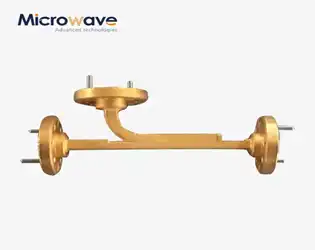
How Can the Broadwall Directional Coupler Be Tailored to Meet Specific Industry Needs?
June 24, 2025
The Broadwall Directional Coupler represents a cornerstone technology in modern microwave engineering, serving as a critical component that enables precise signal management across diverse high-frequency applications. As industries increasingly demand specialized solutions for complex communication challenges, the ability to customize these sophisticated devices becomes paramount. The Broadwall Directional Coupler's versatility lies in its fundamental design principles, which allow for extensive modification to meet specific frequency ranges, power handling requirements, and environmental constraints. Through advanced engineering techniques and precision manufacturing processes, these couplers can be tailored to deliver optimal performance in telecommunications infrastructure, aerospace navigation systems, defense radar applications, and satellite communication networks, ensuring that each implementation achieves maximum efficiency while maintaining the highest standards of signal integrity and system reliability.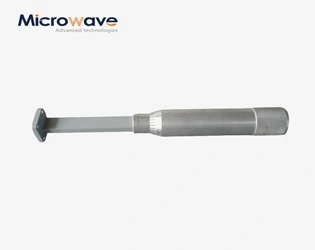
How Does Waveguide Sliding Termination Enhance GPS and Navigation Accuracy?
June 24, 2025
In the sophisticated world of modern navigation systems, precision is paramount. Every component within a GPS or navigation system must operate with exceptional accuracy to ensure reliable positioning and guidance. One critical yet often overlooked component that significantly impacts navigation accuracy is the Waveguide Sliding Termination. This precision-engineered device serves as a cornerstone in maintaining signal integrity throughout microwave transmission systems, directly influencing the performance of GPS satellites, ground stations, and navigation equipment. By providing optimal impedance matching and minimizing signal reflections, Waveguide Sliding Termination ensures that navigation signals maintain their strength and clarity as they travel from satellites to receivers, ultimately enhancing the accuracy of position calculations and navigation guidance systems worldwide.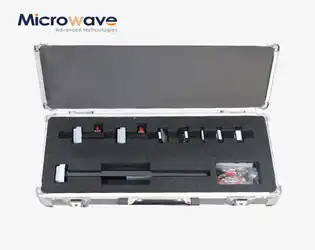
How Do Coaxial Calibration Kits Adapt to Diverse Applications Like UAVs and Weather Monitoring?
June 24, 2025
The rapid evolution of modern technology has created an unprecedented demand for precision measurement tools across diverse industries. From unmanned aerial vehicles navigating complex flight paths to sophisticated weather monitoring systems tracking atmospheric changes, the need for reliable calibration solutions has never been more critical. Coaxial Calibration Kits have emerged as the cornerstone of measurement accuracy in these applications, providing the essential foundation for ensuring optimal performance across a wide spectrum of microwave and RF systems. These specialized tools enable engineers and technicians to maintain the highest standards of measurement precision, whether they're calibrating radar systems on UAVs or fine-tuning meteorological equipment for weather prediction networks.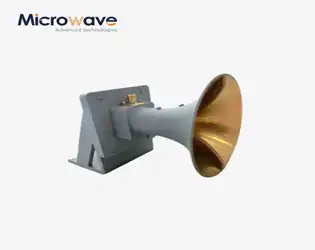
What Customization Options Does the Ultra Double-ridged Horn Antenna Offer for Specialized Needs?
June 24, 2025
In today's rapidly evolving telecommunications landscape, the demand for highly specialized antenna solutions has reached unprecedented levels. The Ultra Double-ridged Horn Antenna stands as a testament to engineering excellence, offering unparalleled customization capabilities that address the most demanding technical requirements across diverse industries. This advanced antenna system provides engineers and system integrators with the flexibility to tailor specifications precisely to their unique operational needs, whether in satellite communications, aerospace applications, or defense systems. The comprehensive customization options available for the Ultra Double-ridged Horn Antenna enable organizations to optimize performance parameters, environmental resilience, and integration compatibility while maintaining the highest standards of signal integrity and reliability.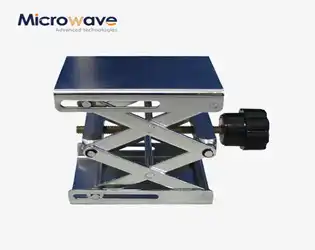
Why Is Compact Design a Key Advantage in Waveguide Adjustable Supports?
June 23, 2025
In today's rapidly evolving microwave and RF communication landscape, where space constraints and system efficiency are paramount concerns, the compact design of Waveguide Adjustable Supports has emerged as a critical factor determining the success of modern installations. The answer to why compact design represents such a key advantage lies in the fundamental challenges facing engineers and system integrators across industries ranging from satellite communications to defense applications. Compact Waveguide Adjustable Support solutions enable optimal space utilization while maintaining the structural integrity and precision alignment required for high-frequency signal transmission, ultimately delivering superior performance in space-constrained environments where traditional bulky support systems would prove impractical or impossible to implement.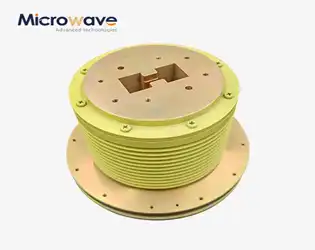
What Are the Key Advantages of the Double Ridge Waveguide Rotary Joint?
June 23, 2025
In the rapidly evolving landscape of microwave technology, the Double Ridge Waveguide Rotary Joint stands as a cornerstone component that bridges the gap between fixed and rotating systems while maintaining exceptional signal integrity. This sophisticated electromechanical device represents a pinnacle of engineering excellence, combining rigorous electrical design with precise mechanical construction to deliver unparalleled performance in critical applications. The Double Ridge Waveguide Rotary Joint offers numerous advantages that make it indispensable across telecommunications, satellite communications, aerospace, and defense sectors, where reliable signal transmission during rotational movement is paramount for system success.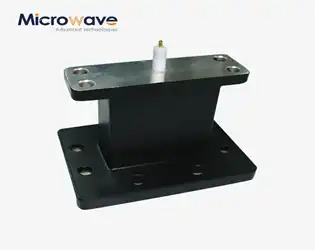
What Applications Are Perfect for the End Launch Waveguide to Microstrip Adapter?
June 23, 2025
The End Launch Waveguide to Microstrip Adapter represents a critical bridge in modern microwave engineering, seamlessly transitioning high-frequency signals between waveguide and microstrip transmission lines. This sophisticated component finds its perfect applications across industries demanding exceptional signal integrity, minimal insertion loss, and reliable performance at frequencies extending up to 110 GHz. From satellite communication systems requiring pristine signal transmission across vast distances to aerospace applications where precision and durability are non-negotiable, the End Launch Waveguide to Microstrip Adapter serves as an indispensable solution for engineers seeking to optimize their microwave systems while maintaining superior performance standards.
What Factors Should You Consider When Selecting a Waveguide Sliding Termination?
June 23, 2025
Selecting the right Waveguide Sliding Termination is crucial for achieving optimal performance in microwave systems. This critical component serves as the foundation for precise impedance matching, ensuring minimal signal reflection and maximum system efficiency across various applications. Whether you're working on satellite communications, aerospace defense systems, or advanced telecommunications networks, the choice of your Waveguide Sliding Termination directly impacts signal integrity, system reliability, and overall performance. Understanding the key selection criteria becomes essential when considering factors such as frequency range compatibility, sliding distance requirements, material specifications, and environmental conditions. The complexity of modern microwave applications demands careful evaluation of technical parameters, including insertion loss characteristics, VSWR performance, and mechanical precision. Additionally, considerations around customization capabilities, manufacturer expertise, and long-term reliability play pivotal roles in making informed decisions that align with specific project requirements and operational demands.




